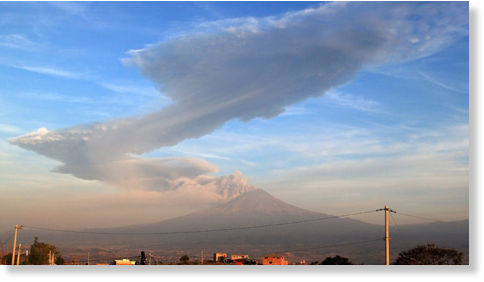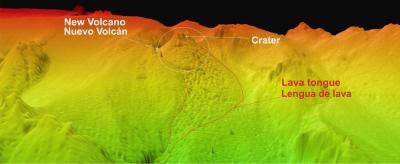
© APA large plume of ash rises from the Popocatepetl volcano as seen from the highway to Atlixco, Mexico early Friday, June 3, 2011.
Mexico's largest active volcano has spewed ash and smoke into the air on Sunday, and local civil protection authorities warned people not to go close as burning ash could fall for hours, reported China's Xinhua news agency.
The Popocatepetl volcano, 60 kilometres (km) southeast of Mexico City, were clearly visible from the capital and nearby cities of Puebla, Morelos and Mexico State.
Access to the volcano has been restricted to a radius of 12 km around the crater following a powerful explosion, which was reported at 12:05 p.m. local time (1805 GMT).
The explosion caused the earth to shake and sent smoke and ash over 7 km high into the air, and has alarmed some 20 million people living nearby.
However, officials said that no casualties or damages had been reported so far, Xinhua reported.
The Popocatepetl volcano is 5,452 meters high and located in the Trans-Mexican Volcanic Belt.



